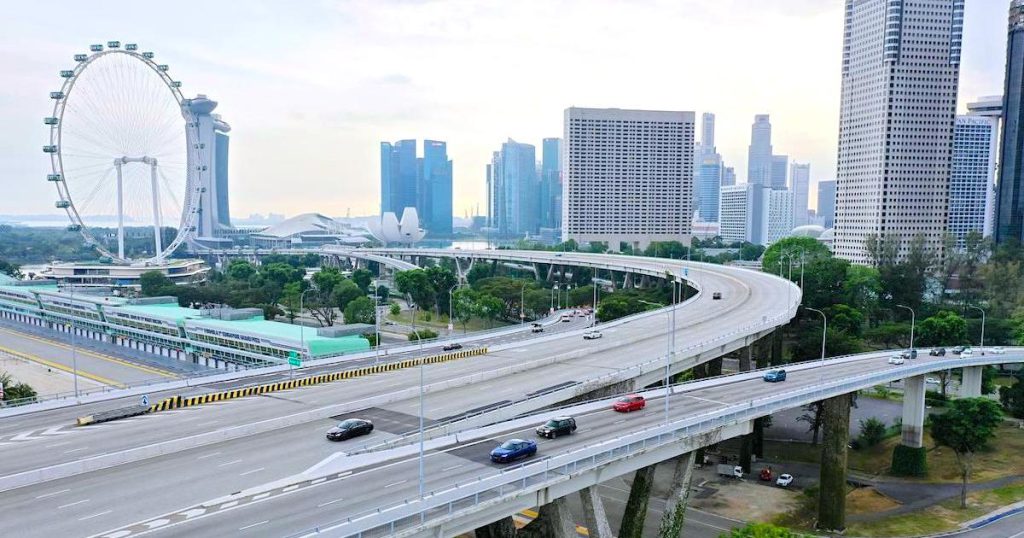Despite our small size, getting from one area to another is not always straightforward.
Have you ever tried taking public transport from Punggol to Geylang? It will take close to an hour, provided the stars are aligned and there are no delays. However, the 15km journey takes less than 20 minutes in a car.
That is nowhere near the 45-minute city, 20-minute town vision laid out in the Land Transport Master Plan.
But still, there is no stopping Singapore from going all out to expand mobility options and reduce its reliance on cars — all in pursuit of a car-lite vision to create a more sustainable and liveable city.
Going car-lite in Singapore
There is something particularly triggering when the term ‘car-lite’ is mentioned. Perhaps to some, it is as if the government is doing everything in their power to suppress our aspirations of car ownership.
That is certainly not the case because car-lite does not mean car-free. Adopting a car-lite policy means slowing the rate of motorisation, and promoting other modes of transport to minimise our environmental impact.
So far, Singapore has made great strides to make a car-lite future a reality.
Besides expanding the transport network and infrastructure, car-sharing services have mushroomed, further negating the need for car ownership.
Micromobility devices such as bicycles and e-scooters are also touted as a solution to solve the first- and last-mile problem. Together, bike-sharing companies SG Bike and Anywheel have a combined fleet of over 40,000 bicycles to support our cycling needs.
To make cycling more attractive, new towns are now designed with pedestrians and cyclists in mind. There are also plans to build 1,300km of cycling paths by 2030 to connect commuters from their homes to MRT stations, bus interchanges and nearby shopping malls and schools.
Beyond improving mobility options, there is a focus on decentralising commercial activities and promoting a hybrid work structure. Surely, by combining clever urban planning with policies that transform the way we live and work, it will dilute our need for a car.
A few more tweaks
So why is it that despite everything that has been done, demand for private car ownership is still so high?
My guess is that, in a society that views public transport as a lesser choice, people are forced to make attempts at promoting alternative modes of transport, and they end up being greeted with a sense of derision and disbelief.
To further advance the car-lite vision, public transport needs to become the preferred mode of travel because it offers the most convenience.
For that to happen, there are still gaps in our public transport system that needs addressing. Improving the waiting times for buses is one, as reflected in the annual public transport customer satisfaction survey.
Reinstating cheap and reliable round-the-clock transport is another. Compared with major cities worldwide, we are falling short. That is because providing a late-night bus route should be seen as a public service rather than a profit-driven decision.
An attitude adjustment
Another obstacle hindering our car-lite journey is that of mentality. It is a truth universally acknowledged, that car ownership in Singapore has less to do with mobility and more with it being a shiny badge of success.
While the Certificate of Entitlement (COE) has slowed down the growth of cars on our roads, it had the unintended effect of turning cars, even the humble Toyota, into a luxury good.
This means that the higher our car prices go, the more people crave and desire to own one out of vanity rather than necessity.
It will take time for Singaporeans to change their mindset and start viewing cars for what they are — a mode of transport that is a liability to the environment rather than a reflection of their self-esteem.
Only then will a car-lite vision take root, be seen as “cool”, and become broadly accepted as a lifestyle choice.
Feature Image Credit: WapCar
Also Read: Driverless cars will change our world, but can they ever become a reality in S’pore?
